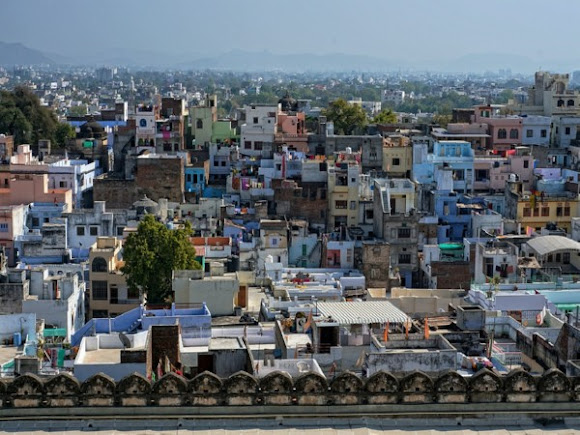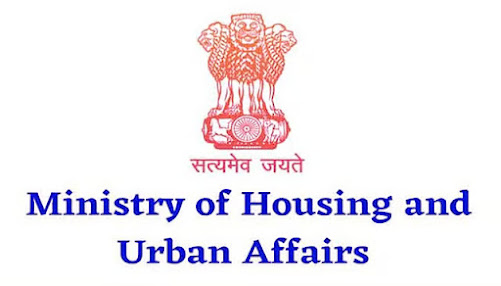Urban revitalisation must take center stage as India prepares to absorb 70 million new urban residents by 2045, according to D Thara, Additional Secretary at the Ministry of Housing and Urban Affairs (MoHUA). While addressing a high-level conference hosted by the Confederation of Indian Industry (CII) in New Delhi on Friday, she emphasized that urban revitalisation, not just building new infrastructure is the strategic priority for India’s evolving urban landscape.
The conference, titled “Exploring Urban Dynamics: Outlook 2030”, gathered policymakers, investors, and planners to discuss how urban revitalisation can meet future needs. Thara made it clear that ward-level accountability is the foundation for this transformation. She called for proactive private sector engagement and pointed out that current urban local bodies are not equipped to meet the country’s ambitious growth goals.
Urban Revitalisation Needs Investment, Not Reinvention
D Thara stated, “It’s not about building afresh—it’s about fixing what already exists: legacy infrastructure, greenfield areas, and urban governance systems.” She introduced the proposed Urban Challenge Fund, designed to drive urban revitalisation using a financing model with 25% public seed funding, 50% private capital, and 25% state contribution. This initiative will foster smart upgrades to cities while ensuring sustainability and resilience.
The urban revitalisation approach, she said, needs robust planning and targeted investment rather than wholesale reconstruction. She further underlined that infrastructure delivery can be led by the private sector if it proves more efficient.
Ward-Level Accountability and PPP Models
Thara stressed the importance of ward-level accountability in unlocking access to funds like those offered by the National Investment and Infrastructure Fund (NIIF). Empowering smaller municipalities and ward-level offices with institutional support will be vital to making urban revitalisation successful.
Prasad Gadkari, Executive Director & Chief Strategy Officer at NIIF, noted that a strong pipeline of urban projects, standardized bidding, and predictable revenue are crucial for attracting long-term private investment. He confirmed NIIF’s readiness to support urban revitalisation via scalable public-private partnerships (PPPs).

Global Context and Planning
Adding a global perspective, Abedalrazq Khalil of the World Bank highlighted that by 2050, nearly 800 million Indians will live in cities. He warned that many cities are not yet ready to handle this surge and need integrated urban planning and enhanced livability to support inclusive and sustainable urban revitalisation.
Transport systems like the Regional Rapid Transit System (RRTS) were cited as examples of successful urban revitalisation models, promoting distributed employment and reducing urban congestion. Speakers also discussed in-situ slum redevelopment and smaller private-led projects as key tools in this transformation.
Regulatory Tools and Governance Support
The speakers repeatedly returned to the critical role of urban governance and regulatory enablers in facilitating urban revitalisation. Transit-Oriented Development (TOD), flexible work models, and low-carbon planning were emphasized as essential tools.
Sriram Khattar, Co-Chair of the CII National Committee on Real Estate and Housing, observed that confidence in urban PPPs has improved significantly, making them a viable tool for future projects. Dr. Debolina Kundu, Director of the National Institute of Urban Affairs (NIUA), concluded that urban revitalisation must be backed by capacity building and effective governance, setting the tone for India’s urban trajectory towards 2050.
Source | ANI
Census notification to be issued on June 16: Ministry of Home Affairs

